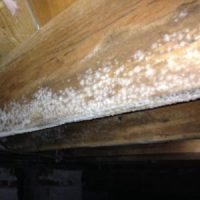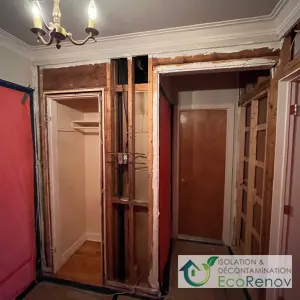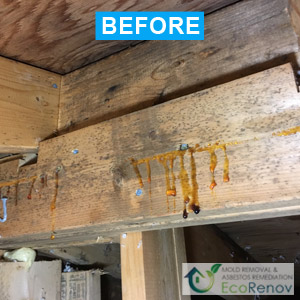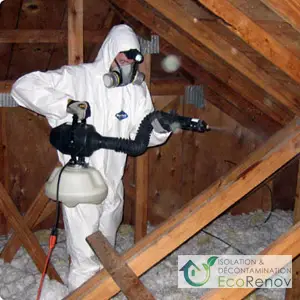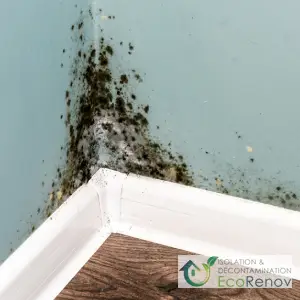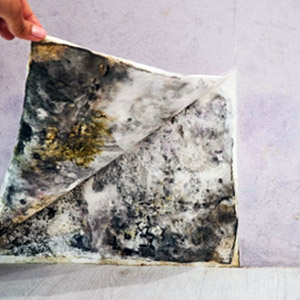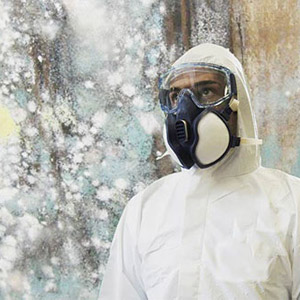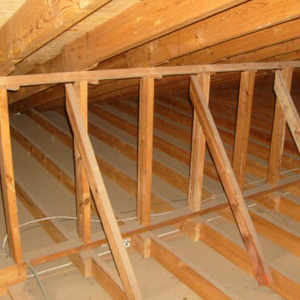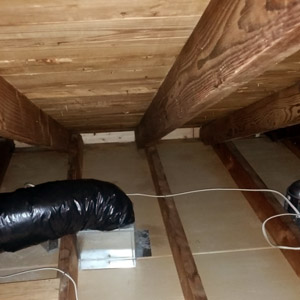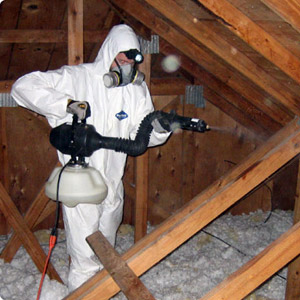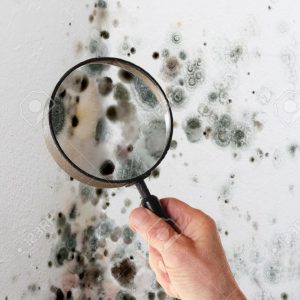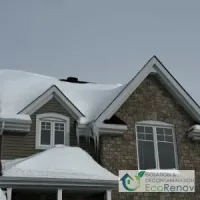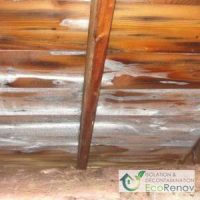White molds that can be found in a home usually have a hairy or fluffy appearance. It generally grows, but is not limited to, on damp wood. These white molds are more often present in cool and humid environments such as basements, crawl spaces and even on walls. Often overlooked, white mold is often mistaken for efflorescence.
Efflorescence is a crystalline deposit of salts often observed on the surface of concrete or brick structures. Efflorescence occurs when water travels through a masonry structure, bringing mineral salts to the surface. When the water evaporates, a white, fluffy structure is left. This growth, although harmless, may seem very similar to the growth of white mold. It is possible to differentiate white mold from efflorescence by spraying water on the affected surface. If the residue does not dissolve, it is white mold. Otherwise, it would have dissolved just like salt in water.
You have taken steps to test the white deposit and you are sure that there is a white mold in your home. Do not wait for the situation to get worse, as the health of the occupants may be affected. Consult one of our mold removal and remediation specialists and get a free quote to permanently eradicate the situation. Call 438-800-2046 now or use our “online chat” service for direct assistance. Mold Removal & Asbestos Remediation EcoRenov: a team of mold specialists recognized for the permanent eradication of mold problems.

Mold remediation:
Ask for advice now!
Ask for advice now!
Related mold removal & mold remediation services

Ask a price quote for Mold Removal & Mold Remediation Services

Learn more about Mold
When Should I Clear Snow Off My Roof?
Winter in Quebec brings its fair share of snow and ice, and while roofs are designed to withstand heavy loads, certain situations require special [...]
Frost in the Attic
Winter is here, and you've discovered frost in your attic? Don't worry! EcoRenov is here to guide and assist you! Frost in the attic, [...]

